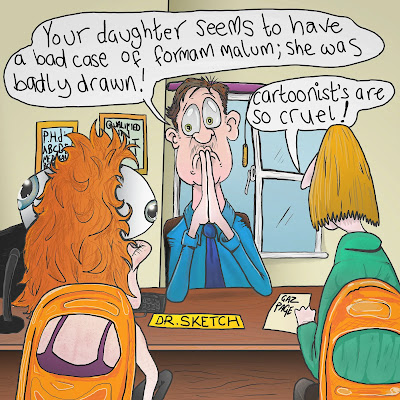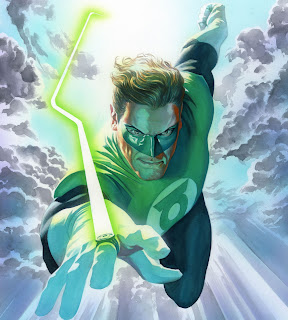THE DARK SIDE OF HUMANITY: EVIL IN HIGH PLACES? 3 min read DISTRACTION IN THE MADELEINE MCCANN CASE? Disclaimer: this post covers unpleasant themes, discretion is advised. There are theories that Madeleine McCann somehow lost her life inside apartment 5A of the Ocean Club complex, Praia da Luz. Of course, we don't know if this is true or not. You might have read similar speculative blogs that explore medication mishaps or a physical accident, but whatever occurred on May 3rd, 2007, it was not necessarily a silent kidnapping or a bodged burglary. Why? Well, there was no sign of a struggle, no reports of noises you'd expect like panicking or screaming children, nothing was kicked over, no fingerprints, nothing was stolen, in fact, the siblings slept through everything—this was a strange disappearance, not a proven abduction. Yes, we have heard it all before! Imagine, if you can, that the official narrative was a planned damage control intervention. That would mean ...
Search This Blog
Fresh insights and alternative perspectives on history's most fascinating characters and the stories we thought we knew!
Posts
Showing posts from April, 2023
Featured
The Problem with Hal Jordan as Green Lantern!
- Get link
- X
- Other Apps
What Everyone Gets Wrong About Joan of Arc's 'Divine Mission'.
- Get link
- X
- Other Apps
.jpg)


.jpg)


